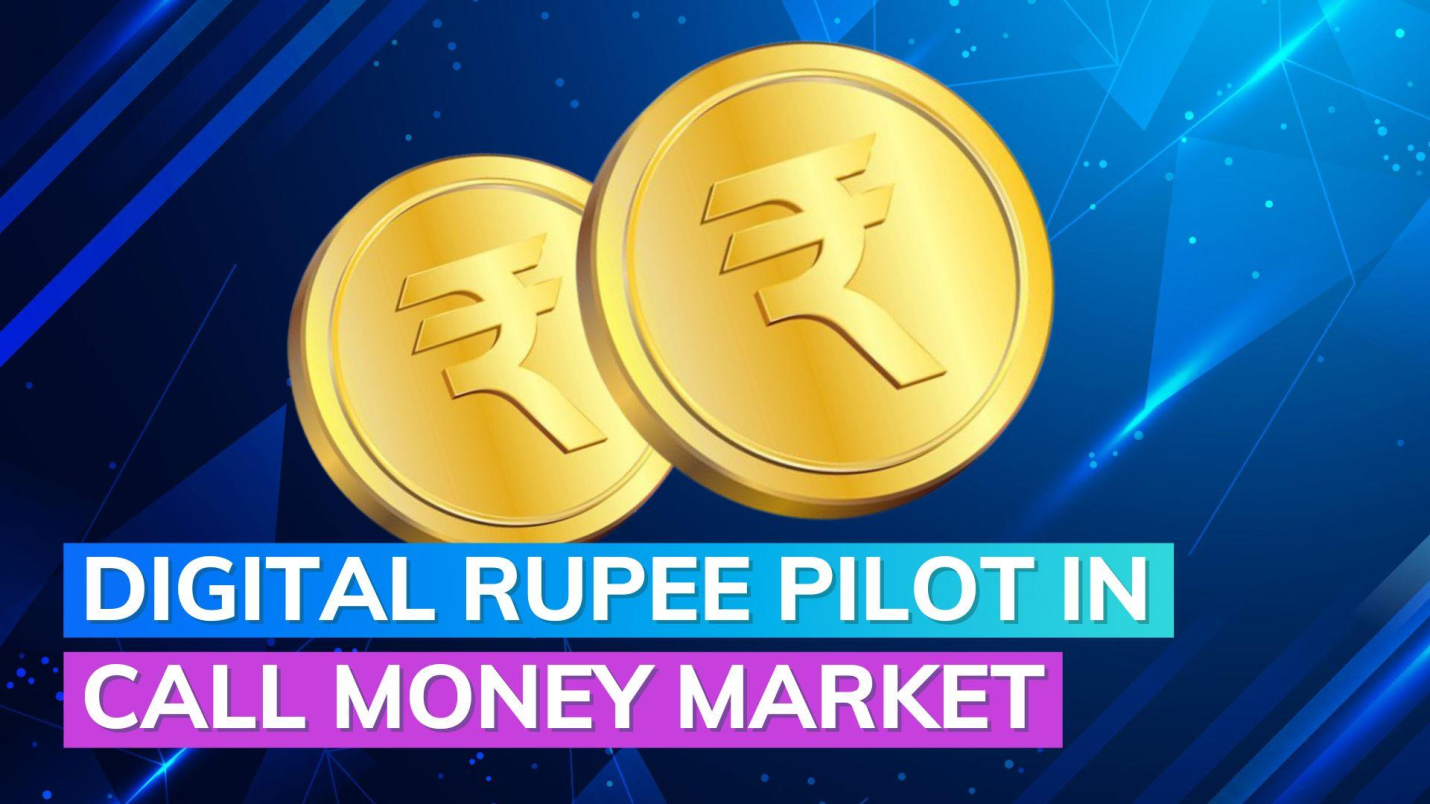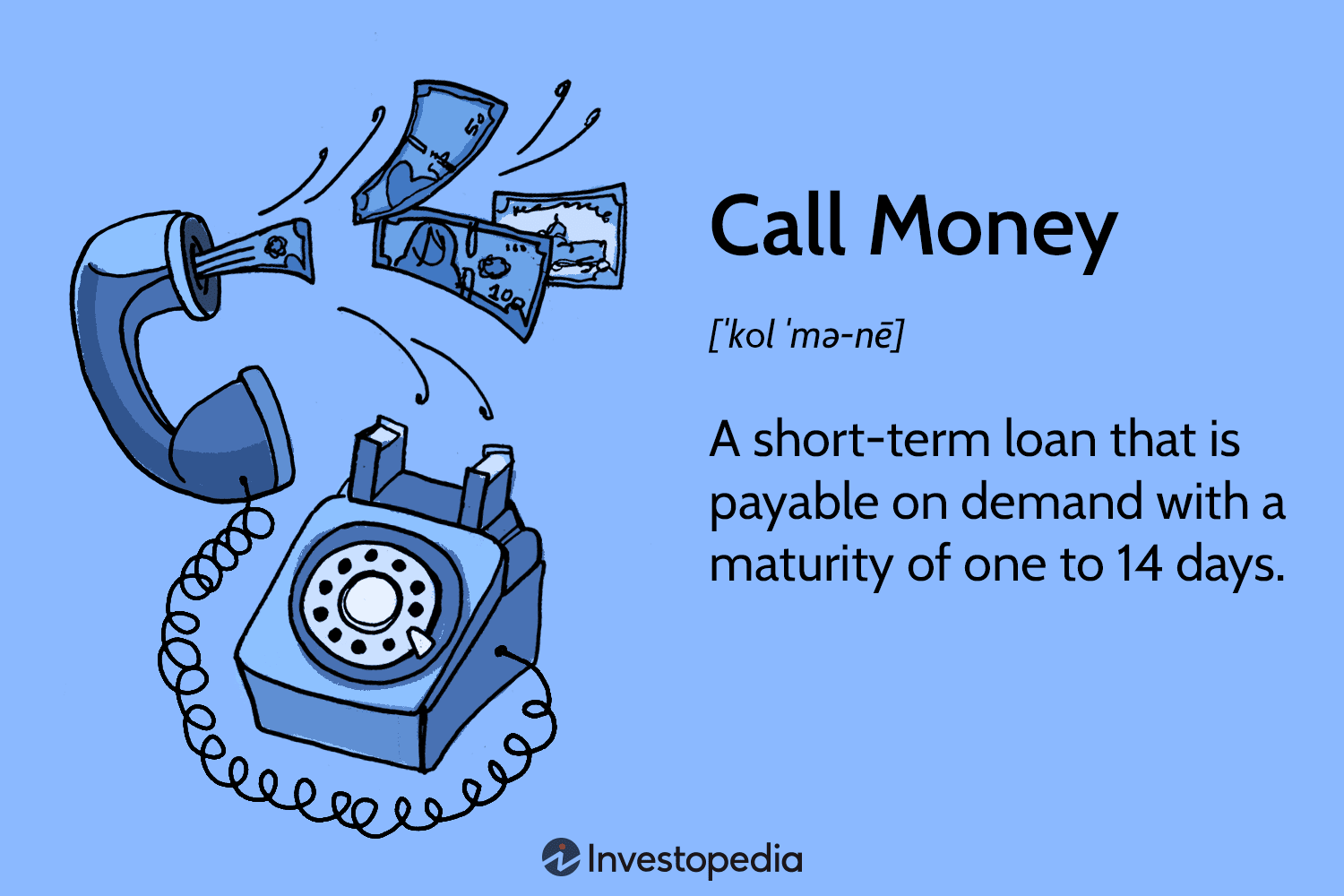
Copyright infringement not intended
Picture Courtesy: www.editorji.com
Context: The Reserve Bank of India (RBI) is planning to launch a pilot of its central bank digital currency (CBDC) for interbank borrowing or the call money market by October.
Details
- The Reserve Bank of India (RBI) is planning to launch a pilot project to test the feasibility of using a central bank digital currency (CBDC) for transactions in the call money market, which is a segment of the interbank borrowing market where banks lend and borrow funds for short periods ranging from one day to 14 days.
- The initiative demonstrates the RBI's commitment to embracing technology to modernize the financial ecosystem, improve financial inclusion, and explore the potential of CBDCs in both wholesale and retail settings.

Picture Courtesy: www.investopedia.com
What is a CBDC?
- A CBDC, or Central Bank Digital Currency, is a digital form of a nation's official currency (fiat currency), and it is issued, regulated, and typically backed by the central bank of the country. CBDCs are designed to be a digital representation of a country's legal tender and are intended to combine the benefits of digital payments with the stability and trust associated with government-backed currencies.
Key features of CBDCs
- Central Bank Issued: CBDCs are issued and controlled by the central bank, which is a government institution responsible for managing a country's money supply, monetary policy, and financial stability.
- Legal Tender: CBDCs are considered legal tender, just like physical cash and coins. This means they can be used for all types of transactions and are accepted by individuals, businesses, and government entities.
- Regulated: CBDCs are subject to the same regulatory framework as physical currency. They are governed by laws and regulations related to monetary policy, financial stability, anti-money laundering (AML), and know-your-customer (KYC) requirements.
- Digital Wallets: To use CBDCs, individuals and businesses typically need digital wallets or accounts, provided by financial institutions or directly by the central bank. These digital wallets store and facilitate transactions involving CBDCs.
- Blockchain or Distributed Ledger Technology: Many CBDC implementations utilize blockchain technology or other forms of distributed ledger technology to record and verify transactions securely and transparently. This technology ensures the integrity of the CBDC system and can provide benefits like enhanced security and transparency.
- Interoperability: CBDCs are designed to be interoperable with existing payment systems and financial infrastructure, making them compatible with various forms of digital payments and financial services.
- Monetary Policy Tool: Central banks can use CBDCs as a tool to implement monetary policy. For example, they can adjust interest rates on CBDC holdings to influence the money supply and economic conditions.
CBDCs have two main forms:
- Retail CBDC: This is designed for use by the general public and facilitates everyday transactions, such as payments for goods and services.
- Wholesale CBDC: This is primarily intended for use by financial institutions, central banks, and large-scale financial transactions. Wholesale CBDCs often facilitate interbank settlement and other financial market activities.

Significance of the Central Bank Digital Currency (CBDC)
Cost Reduction
- One of the primary motivations for the RBI is to reduce the cost and risks associated with managing physical currency. Printing, transporting, storing, and replacing paper currency is a costly and resource-intensive process. By introducing a CBDC, the central bank can potentially reduce these operational costs.
Efficiency and Security
- CBDCs can enhance the efficiency and security of the payment system. They enable real-time transactions, which can reduce settlement delays and make financial transactions more efficient. Additionally, the use of blockchain or distributed ledger technology can provide a secure and transparent platform for conducting transactions.
Financial Inclusion
- CBDCs can play a crucial role in promoting financial inclusion by providing access to digital payments for individuals and segments of the population who are unbanked or underbanked. Digital wallets and mobile applications can make it easier for people to participate in the formal financial system, receive government benefits, and access a broader range of financial services.
Counteracting Private Cryptocurrencies
- The proliferation of private cryptocurrencies, such as Bitcoin and others, has raised concerns for central banks and governments worldwide. Private cryptocurrencies can pose threats to the stability and integrity of the financial system and can also challenge the sovereignty of national currencies. By introducing a CBDC, the RBI aims to provide a regulated and controlled digital currency option, which can help mitigate the use of private cryptocurrencies for illicit activities and maintain control over the monetary system.
Monetary Policy Tools
- CBDCs can serve as a tool for implementing monetary policy. Central banks can use interest rates or other mechanisms related to CBDCs to influence the money supply and economic conditions. This provides greater flexibility in managing the overall economy.
International Payments
- CBDCs can potentially improve cross-border payments by simplifying the settlement process and reducing the reliance on intermediaries. This can have significant benefits for international trade and financial transactions.
Technological Advancement
- As the financial industry embraces digital innovation, including blockchain and distributed ledger technology, central banks like the RBI aim to stay at the forefront of technological advancements in the financial sector.
How will CBDC work in the call money market?
- Phased Introduction: The RBI plans to introduce CBDC in phases, starting with the wholesale segment of the payment system. In this phase, CBDC would be used primarily for large-value transactions that occur between banks and other financial institutions. The call money market, which involves short-term borrowing and lending among banks, is an integral part of this wholesale segment.
- Digital Tokens: CBDCs will be issued by the RBI as digital tokens representing the Indian Rupee. These digital tokens are considered legal tender and can be used for financial transactions. In the call money market, CBDCs would serve as a digital form of currency.
- Interbank Transactions: Banks participating in the call money market would use CBDCs to settle their short-term liquidity needs. Instead of traditional methods that may involve multiple intermediaries and clearinghouses, CBDC transactions would occur directly between the participating banks.
- Blockchain Technology: The RBI envisions utilizing blockchain or distributed ledger technology to facilitate CBDC transactions in the call money market. Blockchain ensures the security, transparency, and immutability of transactions. This technology can offer several advantages, such as real-time settlement, reduced operational costs, and enhanced security.
- Faster Settlement: CBDC transactions on a blockchain platform can enable real-time settlement, eliminating the need for time-consuming reconciliation processes. This leads to quicker and more efficient transactions in the call money market.
- Cost Savings: The use of CBDCs and blockchain technology can reduce the operational costs associated with traditional settlement methods, including the need for correspondent banks or clearinghouses. This cost-saving can benefit both the central bank and participating financial institutions.
- Transparency: CBDC transactions on a blockchain are transparent and traceable. This transparency can provide real-time data on liquidity conditions and interest rates in the call money market, helping market participants make informed decisions.
- Efficiency: The streamlined nature of CBDC transactions can enhance the overall efficiency of the call money market. Banks can manage their short-term liquidity needs more effectively, reducing the risk of liquidity shortages.
- Regulatory Oversight: The RBI would maintain regulatory oversight over CBDC transactions in the call money market, ensuring compliance with existing financial regulations and monetary policies.
What are the challenges and risks of CBDC?
- Cybersecurity: The use of digital wallets and blockchain technology exposes CBDCs to cyberattacks and hacking, which can compromise the privacy and security of users and transactions. The RBI will have to ensure robust cybersecurity measures and contingency plans to prevent and mitigate such incidents.
- Digital literacy: The introduction of CBDCs requires a high level of digital literacy among users, especially in rural areas where internet connectivity and smartphone penetration are low. The RBI will have to undertake extensive awareness campaigns and education programs to familiarize users with the features and functions of CBDCs.
- Regulation: The introduction of CBDCs creates various regulatory challenges in terms of defining their legal status, taxation, anti-money laundering, consumer protection, etc. The RBI will have to coordinate with other authorities and stakeholders to establish a clear and consistent regulatory framework for CBDCs.
- Monetary policy: The introduction of CBDCs may have implications for the conduct and transmission of monetary policy, as they may affect the demand and supply of money, interest rates, inflation, etc. The RBI will have to calibrate its monetary policy tools and instruments to account for the impact of CBDCs on the economy.

Way forward
- The RBI's plan to launch a pilot project for CBDC in the call money market is a welcome step towards exploring the potential benefits and challenges of introducing a digital currency in India. However, it is important to note that this is only an experimental phase and not a full-fledged launch of CBDC.
- The RBI will have to conduct extensive research, testing, consultation, and evaluation before deciding on the optimal design, scope, and scale of CBDC in India. It will also have to address various technical, legal, regulatory, economic, and social issues that may arise from introducing a new form of money in the country.
Must Read Articles:
DIGITAL RUPEE: https://www.iasgyan.in/daily-current-affairs/digital-rupee
Digital Rupee or e-Rupee: https://www.iasgyan.in/daily-current-affairs/digital-rupee-or-e-rupee
CENTRAL BANK DIGITAL CURRENCY (CBDC): https://www.iasgyan.in/daily-current-affairs/central-bank-digital-currency-cbdc
|
PRACTICE QUESTION
Q. What are the key features and significance of the Digital Rupee as a central bank digital currency (CBDC) in India? What are the major challenges that the Reserve Bank of India (RBI) may face in its implementation, and what steps can be taken to address these challenges as part of the way forward for the successful adoption of the Digital Rupee?
|
https://timesofindia.indiatimes.com/business/india-business/rbi-may-start-e-rupee-pilot-in-call-money-market-by-october/articleshow/103560289.cms?from=mdr





